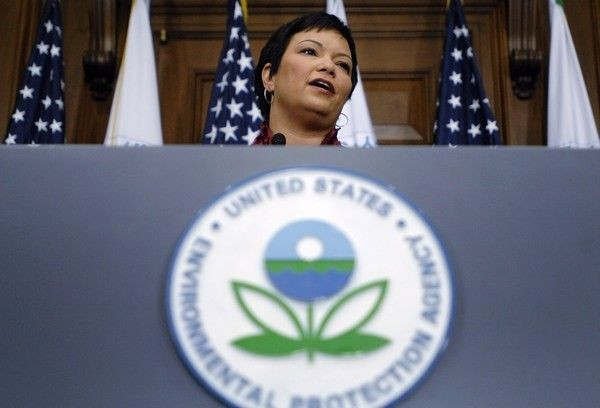EPA warns of PCBs in schools

Polychlorinated biphenyls, or PCBs, are man-made chemicals that have been recognized for the last 30 years to be toxic and potentially carcinogenic. They can affect the immune system, reproductive system, nervous system and endocrine system and, if they build up in the body long enough, they can cause cancer.
PCBs are certainly not something any parent, or anyone, would want to see school children exposed to. But, as an investigation by the U.S. Environmental Protection Agency recently revealed, children in at least three New York City schools are exposed to PCBs that leaked from fluorescent light fixtures into the classroom air.
The EPA has also found PCBs leaking from the failed ballasts of fluorescent lights in schools in Oregon, North Dakota, and Massachusetts.
These discoveries led directly to the guidance EPA issued today recommending that schools take steps to reduce potential exposures to PCBs from older fluorescent lighting fixtures. The guidance explains the dangers and the laws regarding PCBs and gives instruction in managing, cleaning up and disposing of PCB wastes and PCB-contaminated materials.
EPA said it issued the guidance based on evidence that the older ballasts contain PCBs can leak when the ballasts fail, leading to elevated levels of PCBs in the air of schools that should not represent an immediate threat but could pose health concerns if they persist over time.
The ballast is the device that contains the fluorescent material. Until the late 1970s, PCBs were commonly used as insulators in ballasts and other electrical equipment because they have a high tolerance for heat, do not easily burn, and are non-explosive. EPA banned the processing and distribution in commerce of PCBs in 1979 due to their toxic effects. However, uses of older PCB-containing ballasts were allowed to continue, provided that the ballasts had not failed and the PCBs were not leaking.
As we continue to learn more about the potential risks of PCBs in older buildings, EPA will work closely with schools and local officials to ensure the safety of students and teachers, said EPA Assistant Administrator for Chemical Safety and Pollution Prevention Steve Owens. This guidance on safely addressing the risks from PCB-containing light fixtures is part of EPA's ongoing efforts to protect the health of our children and provide them with safe, healthy learning environments.
Given their widespread use before they were banned, if a school was built before 1979 or has not had a complete lighting retrofit since 1979, the fluorescent light ballasts probably contain PCBs, EPA said.
Although intact, functioning ballasts do not pose a health threat, these lighting ballasts will all fail in time. For that reason, EPA is recommending older PCB-containing lighting ballasts should be removed, whether as part of a previously scheduled lighting retrofit program or a stand-alone project.
As part of the guidance, EPA notes that if a light ballast is leaking PCBs, federal law requires the immediate removal and disposal of the PCB-containing ballasts and disposal of any PCB-contaminated materials at an EPA approved facility.
The EPA's new guidelines for the remediation of PCB-laden light ballasts in our schools represent a timely and welcome step, U.S. Reps. Jerrold Nadler and Joseph Crowley, both D-NY, said in a release.
In New York City, PCB-contamination is alarmingly widespread and threatens the health of potentially hundreds of thousands of schoolchildren. We welcome these guidelines for the aggressive and comprehensive abatement of light ballasts under the oversight of the EPA, and we renew our call on New York City's Department of Education to step up its testing and remediation program, the Congressmen said.
Nadler and Crowley, along with Rep. José Serrano, D-NY, have led efforts to initiate the comprehensive testing and remediation of PCBs from the schools and, earlier this month, jointly introduced the Safe Schools, Healthy Kids Act to help provide funding for school cleanup of PCBs. In October, they also launched efforts within New York's congressional delegation to call on the EPA to increase its oversight of PCB mitigation in New York's schools.
The EPA has accumulated considerable experience and insight into the PCB problem nationwide and is best equipped to instruct cities and jurisdictions on the preferred courses of action, Nadler and Crowley said.
The Congressmen noted that it was because of the intervention of elected officials and advocates that New York City entered into an agreement with the EPA to conduct the pilot study that led to the federal agency confirming the presence of PCBs in some city schools. Nadler and Crowley said that, because of their age, PCBs are potentially present in over 700 New York City schools.
© Copyright IBTimes 2024. All rights reserved.





















